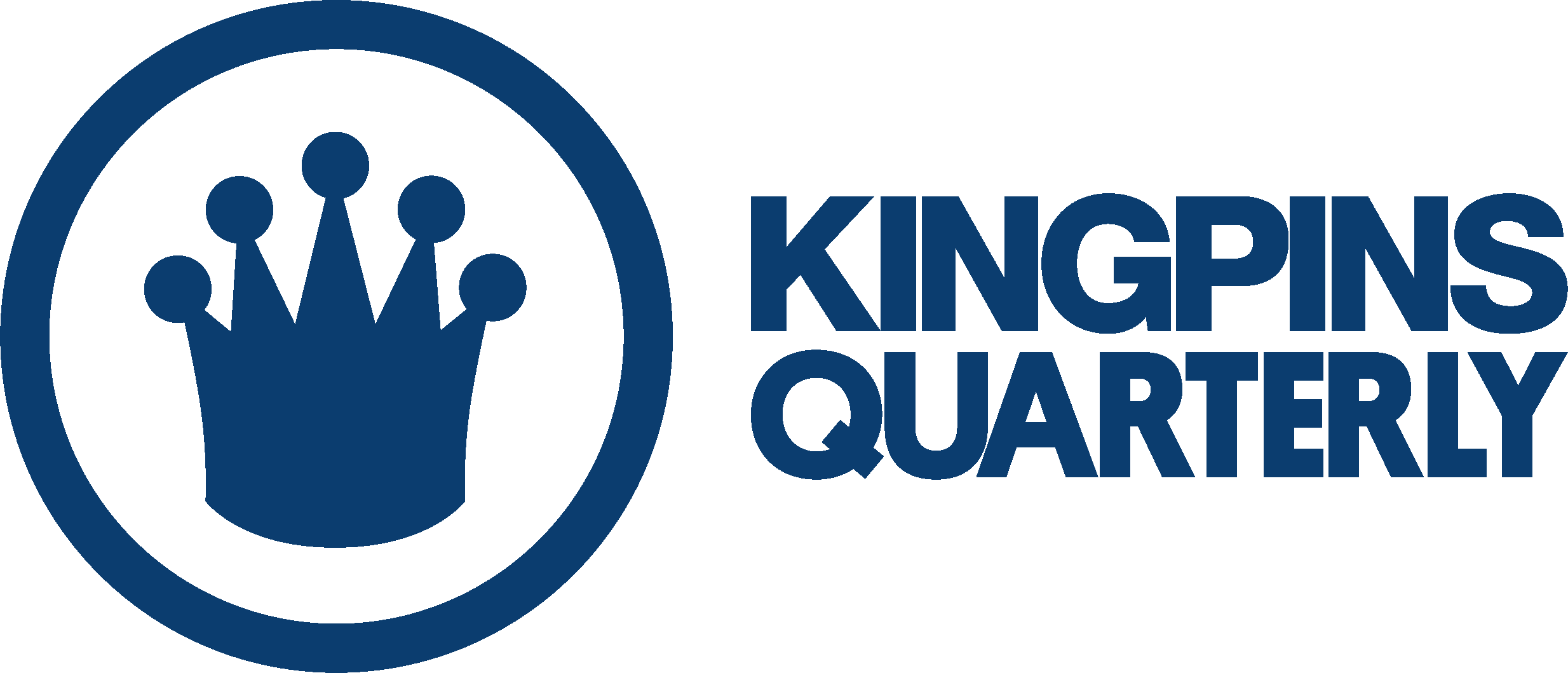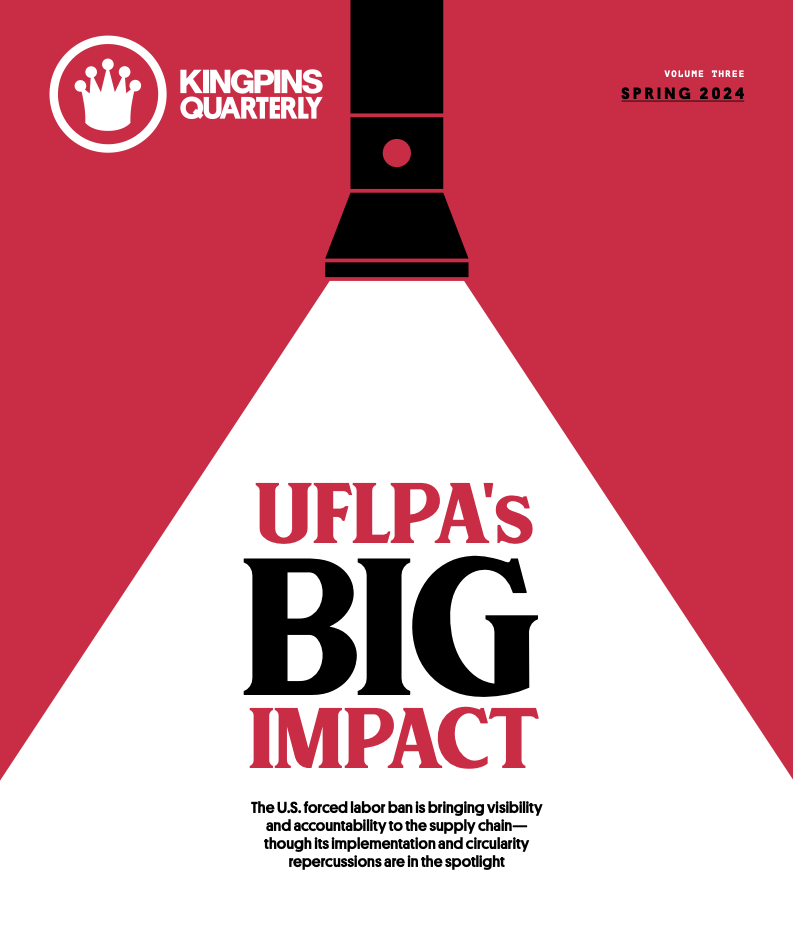How we got here
We live in difficult economic and political times. On the political side, competing nations vie for control, creating great uncertainty for the world. In turn, such uncertainty weighs heavily on economics—with sourcing, production, and demand all suffering. Indeed, political rivalries threaten to unravel a global trading system predicated on greater market access and the free flow of capital across borders. And make no mistake: the jeans business is caught right in the middle.
Two current events exemplify the state of our world today: the war in Ukraine and inflation. Both underscore challenges, imbalances, and, perhaps most importantly, uncertainties. Yet, finding a path through the cloud of uncertainty remains, at least for now, elusive.
And then there are the nagging economic effects of the pandemic. The global pandemic accelerated change, illustrating weaknesses throughout the supply chain and throwing the balance between shipments, inventory, and demand out of whack.
Market demand today stinks, and the short-term prognosis is not good. Everyone is looking for a bottom of this downturn; only many broader factors affecting the market may take more time to sort out.
It’s no wonder we find ourselves facing such uncertainty and emotional drift. What anchored us in our beliefs has partially unraveled due to unforeseen events, along with a path that appears to have set the stage to unwind many of the benefits of the previous system while erecting obstacles to future global development.
Predicting the future is always a hazardous undertaking, but some trends evident today will likely shape the global textile industry in the future, either directly or indirectly, via downstream customers.
Lackluster demand means fiber prices remain soft
Prices of cotton and synthetic fibers declined and remained soft during April-August 2023 due to weak demand. Prices of most fibers were about 20 percent lower than in 2022. Cotton prices plummeted from their peak levels early this year, with prices firming slightly in July. Only to weaken later in the summer. A widening price differential between cotton and synthetic fibers is leading to the substitution of cotton for synthetics. Prices of feedstock used in the production of man-made fibers are chiefly the intermediate raw material PTA, and dissolved wood pulp used in the production of viscose (rayon) fibers also came down. However, it is plausible that raw material prices may rise later this year due to supply shortages and expected improvement in demand.
Cotton
Cotton prices have increased about five percent in the last quarter (June-August 2023), but remain 40 percent below the peak levels of 2022. International physical cotton market price, expressed as Cotlook A-Index, was 96 cents/lb on August 25th. The ICE Index on August 25 for October delivery was 86 cents/lb. Domestic prices in major denim-producing countries such as India and Pakistan increased in August, squeezing the spinning margin because of sluggish yarn sales.
Production forecast for the 2023/24 season is lower by one million tons, mainly due to reduced estimates for cotton crops in the U.S. and China. On the contrary, cotton consumption is predicted to be higher by one million tons. This sets the stage for possible high prices for cotton.

Polyester fiber
Polyester fiber prices declined about 10 percent to $1.00-1.20/kg last quarter. For 2023, prices are running 20 percent below 2022 levels. Significant differential continues to prevail in the domestic price of polyester fiber between China and the two South Asian denim producers, India and Pakistan. The typical 1.4 denier 38 MM staple fiber price in China and India was $1.05 and 1.25/kg, respectively. In Pakistan, prices are affected by domestic tariffs and non-tariff trade barriers.
The prevailing price of high-quality recycled PET ranges between 90-110 cents/kg. The supply of recycled PET in China and India continues to expand to address the demand for circular textiles.
Viscose fiber
Prices of standard viscose fiber and its more environmentally sustainable variant, lyocell, remained soft in the last quarter due to lower offtake from denim and other segments. Prices dropped by about 10 cents to $1.80-2.10/kg in China and India, indicating a 20 percent year-over-year reduction. The difference between standard viscose and lyocell fiber is about 30 cents/kg.
Spandex
The prices of this ingredient fiber are at rock bottom, with the prevailing price of standard 40 dDenier bright fiber at $4.30/kg. Prices of PTMEG, the raw materials for spandex, have been increasing, resulting in squeezed margins. Interestingly, new spandex capacity with energy-efficient plants has been added, with the installed production capacity in China increasing by about 200kt to 1.2mn tons in 2023.

Inflation & inventories: A tenuous outlook
Although the textile and apparel market has recovered from the severe downturn in demand during the pandemic, problems still plague the sector. Most notably, an overhang in inventories weighs heavily on current and medium-term demand and fortunes. Indeed, inventory accumulation will be the central story for 2023.
Rising inflation, which impacted large swaths of the consumer market and out-of-season styles, have affected the ability of retailers to offload merchandise. Additionally, rising inflation altered consumer spending patterns to favor essentials. Further compounding the situation was a weakened housing market adversely affected by rising interest rates. With new home sales declining, home textile sales have suffered.
Faced with stubborn inflation, throughout 2022, the Federal Reserve embarked on aggressive interest rate hikes to dampen soaring demand and lessen inflation. The strategy shows signs of working today, only that weaker consumer demand resulted in poor holiday sales in December. With weak sales, inventories remain at very high levels.
As a result, 2023 imports have slumped as store shelves remain full and consumer demand remains weak. It will take at least another six months to work off inventory, assuming no further disruptions to the supply chains, and the overall health of the global economy remains decent. Fuel prices have moderated in the U.S. market, freeing consumer dollars to purchase clothing and other textile products. Moderating inflation rates have encouraged more consumer purchasing—but much of that increased demand has been for services such as travel and dining out.
Even so, in the U.S., should the Federal Reserve overshoot its desired objective, this would create a horrendous situation for apparel. Price discounting will prove irrelevant should consumer demand dry up.
Recent flat retail sales results provided a preview, despite months of discounting. Should the labor market turn sharply lower, this preview will prove prescient. Yet the U.S. labor market remains robust. Although the U.S. economy and consumer demand have eased, resulting in weakening price pressures (lower inflation), the country will likely avoid an outright recession. Yet, that assumes there are no unanticipated shocks.
So, the outlook is tenuous. Over the next six months, the situation will become more apparent as bloated inventory is ultimately sold off and the potential for new textile demand from brands and retailers ripples back through the supply chain. Time will tell, but concrete developments will hopefully translate into tangible benefits for textile and apparel makers, beginning with jeans suppliers.




